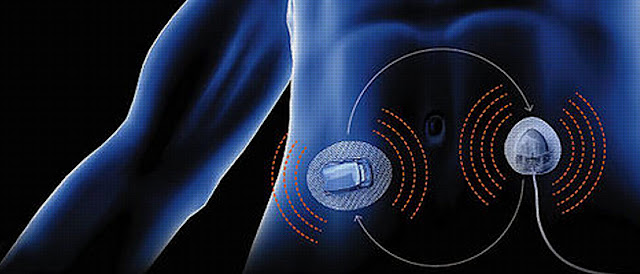Enlightening Innovation: Smart Lighting And Its Impact On Everyday Life
 |
| Smart Lighting |
Lighting has come a long way from traditional incandescent bulbs to modern smart lighting systems. Lighting is revolutionizing the way we illuminate our homes, workplaces, and public spaces, offering numerous benefits that positively impact our everyday lives.
According to Coherent Market Insights the Global
Smart Lighting Market size was valued at USD 20.55 million in 2021 and is anticipated to witness a compound
annual growth rate (CAGR) of 25.5%
from 2022 to 2030.
Smart lighting is more than just a source of illumination; it
is an innovative technology that brings convenience, energy efficiency, and
customization to a whole new level. With lighting, users can control their
lights remotely through mobile apps or voice commands, allowing them to create
personalized lighting scenes and schedules tailored to their needs and
preferences.
One of the significant advantages of lighting is energy
efficiency. Traditional lighting systems consume a significant amount of
electricity, contributing to energy waste and higher utility bills. Lighting,
on the other hand, utilizes energy-efficient LED bulbs and offers features such
as motion sensors and dimming capabilities. These features enable users to
optimize energy usage by automatically turning off lights when not in use or
adjusting brightness levels based on natural light conditions. The result is
reduced energy consumption and a greener, more sustainable environment.
Convenience is another key aspect of lighting. Imagine
walking into a room and having the lights automatically turn on or dim to your
preferred setting. Lighting systems can be integrated with other smart devices,
such as voice assistants or smart home hubs, allowing for seamless control and
automation. This level of convenience enhances the overall user experience and
simplifies daily routines.
This lighting also has a significant impact on our well-being.
Research has shown that lighting can influence mood, productivity, and sleep patterns.
Lighting systems offer the ability to adjust colour temperature and brightness
levels, mimicking natural light throughout the day. This helps regulate our
circadian rhythm and promote a healthier sleep-wake cycle. Additionally, the
ability to create different lighting scenes for various activities, such as
relaxing, reading, or working, enhances productivity and creates a more
comfortable living or working environment.



Comments
Post a Comment